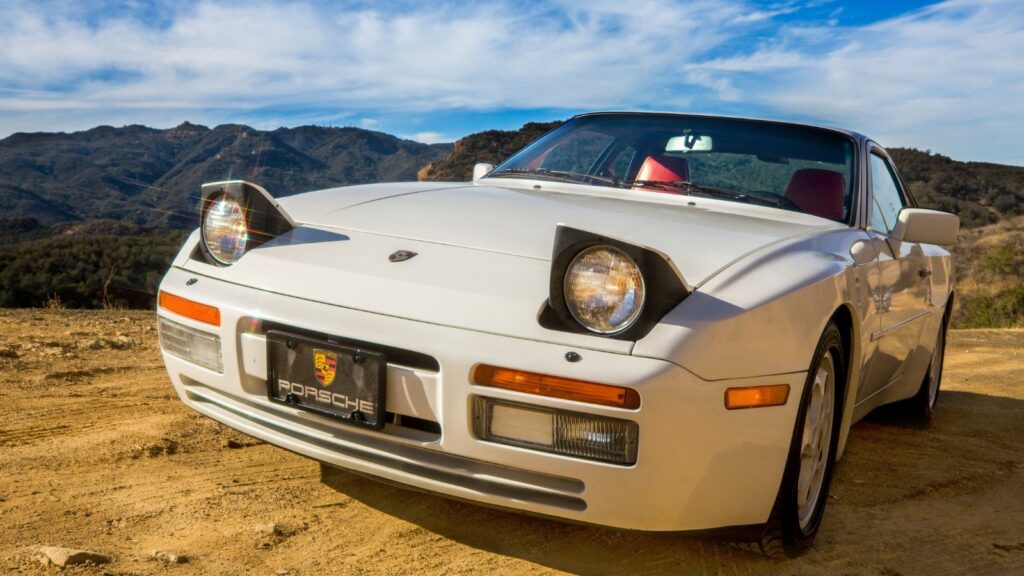Classic cars carry a kind of magic that modern vehicles rarely replicate. They have style, character, and an emotional connection to the past that makes every drive feel special. For enthusiasts, the thought of using a classic car every single day is tempting. Instead of keeping it locked away for weekends or shows, why not make it the centerpiece of daily life? The answer depends on what you value most in a car, because daily driving a classic is equal parts rewarding and demanding.
The Appeal of Daily Driving a Classic
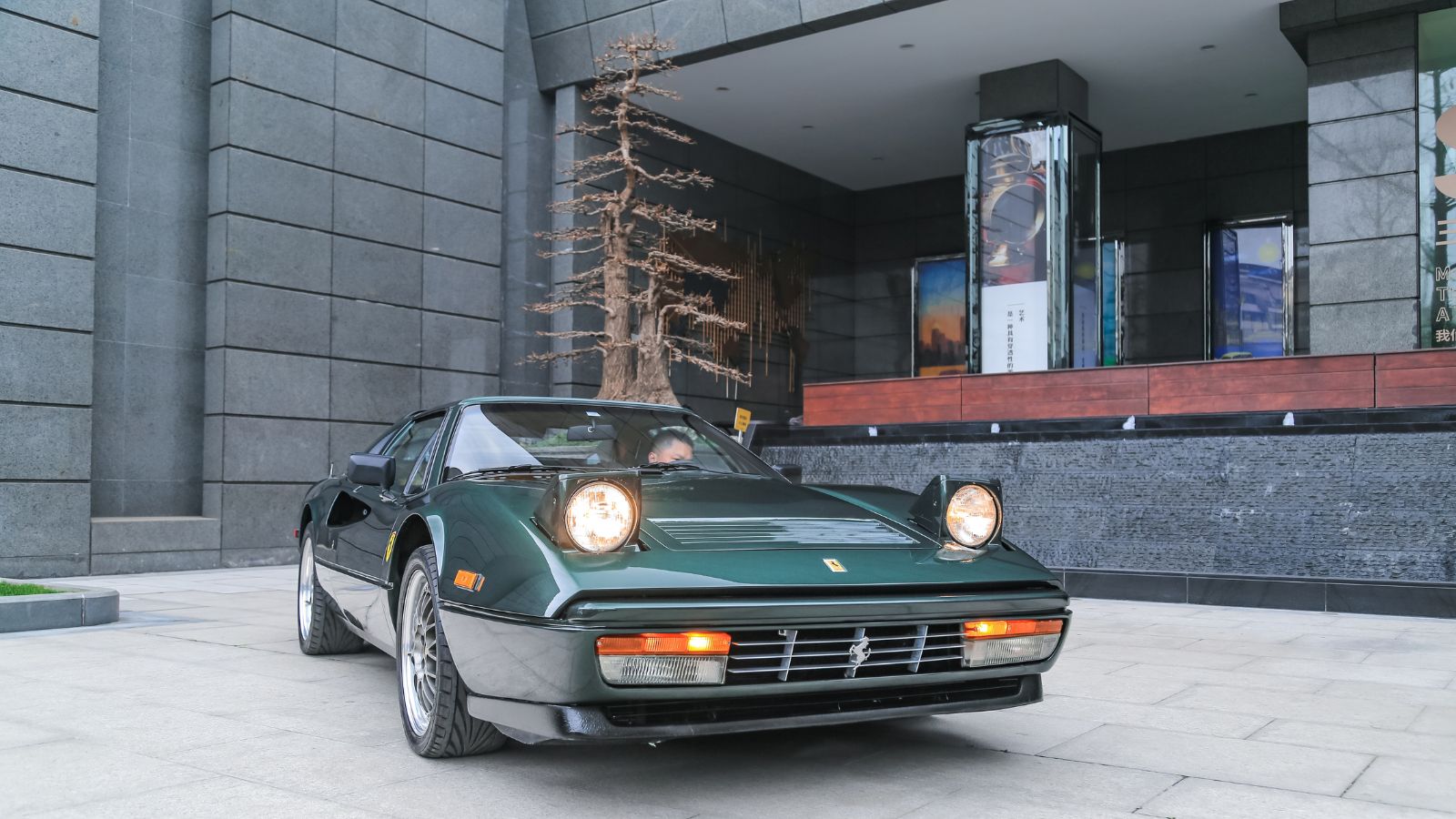
Sliding behind the wheel of a classic car transforms the most boring commute into an event. Where modern cars blend together, a classic turns heads and sparks conversations at traffic lights or gas stations. There is a sense of occasion in hearing an older engine fire to life, feeling the mechanical connection through the pedals and wheel, and knowing you are experiencing something far removed from the sanitized feel of new cars. Classics also bring simplicity. Without layers of computers, sensors, and digital interfaces, many older vehicles are easier to understand and maintain at home. For drivers who want every trip to feel like an adventure rather than a routine, a classic is appealing.
Maintenance Demands
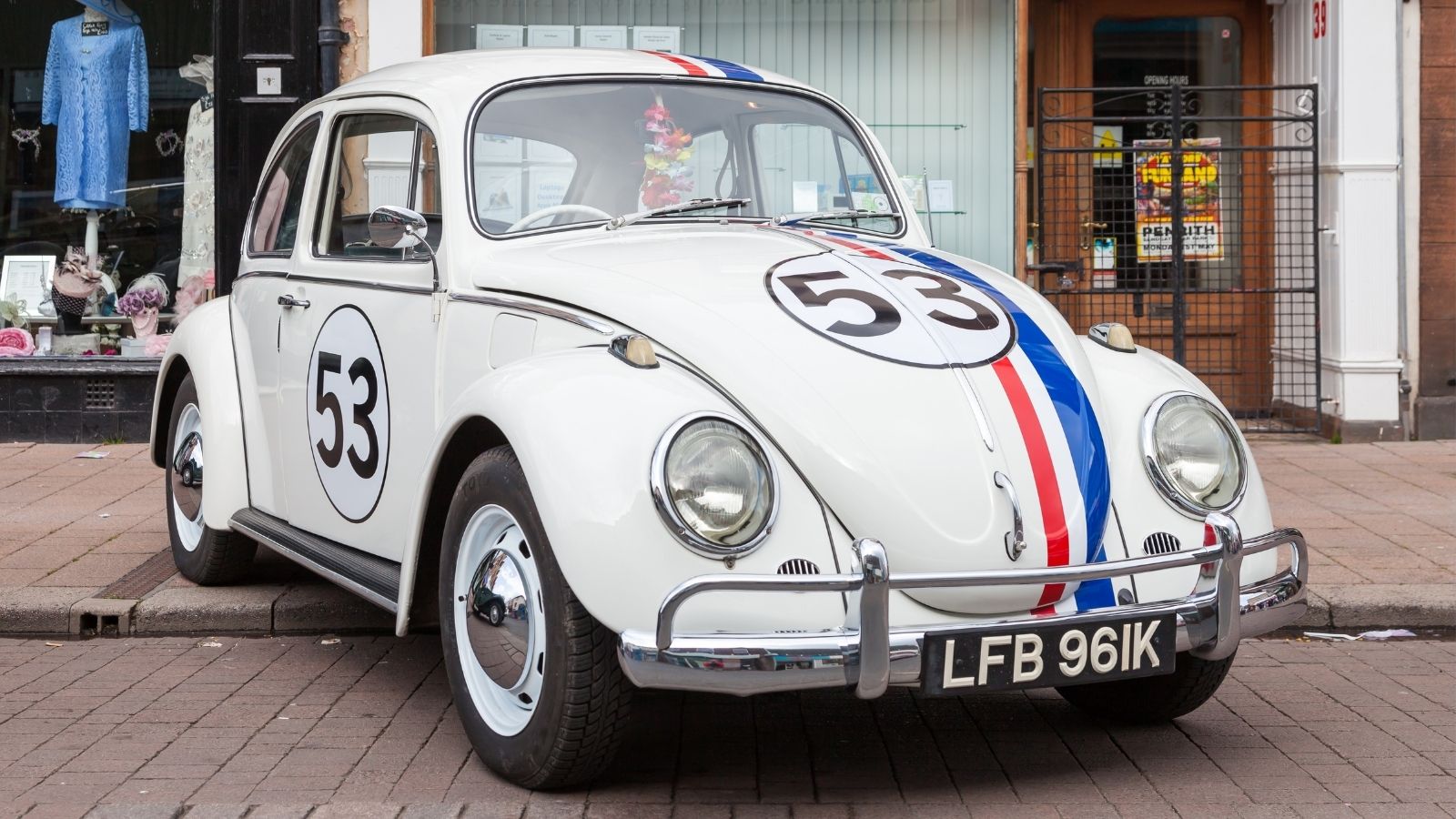
The biggest challenge with using a classic as your daily driver is the constant maintenance. Older engines require more frequent oil changes, valve adjustments, and tune ups. Carburetors need balancing, timing needs checking, and fluids should be replaced far more often than in a modern car. Suspension and braking systems were not designed for decades of service, so bushings, bearings, and hoses wear out faster. While aftermarket parts are available for many popular classics like the Ford Mustang or Volkswagen Beetle, some pieces may require weeks of searching or ordering from overseas. For someone who enjoys wrenching, this upkeep can be part of the fun. For those who prefer a car that just starts and goes, it quickly becomes a burden.
Reliability Concerns
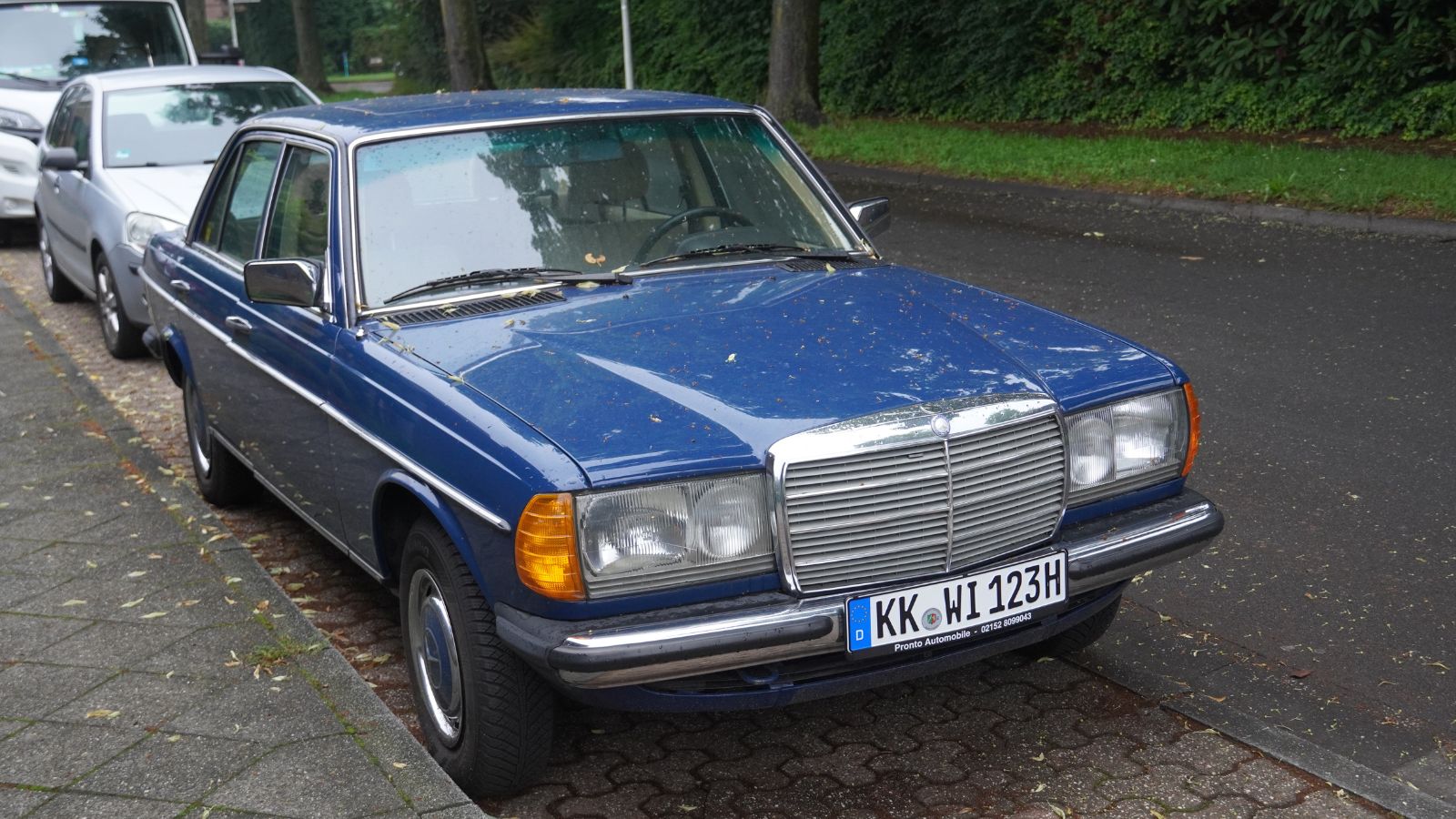
Modern cars are designed to run for hundreds of thousands of miles with minimal fuss. Classics, even when well maintained, are more fragile. Electrical systems often rely on brittle wiring and fuses that can fail without warning. Cooling systems are less efficient, which means overheating is a common problem in heavy traffic. Starters, alternators, and fuel pumps can quit at the worst times. Some models have reputations for sturdiness, like the Volvo 240, Mercedes W123, or Volkswagen Beetle, which were known to rack up hundreds of thousands of miles. Others, like British sports cars or Italian coupes, earned a reputation for leaving their owners stranded. If your only car is a classic, you must be ready for unexpected downtime.
Comfort and Safety Limitations
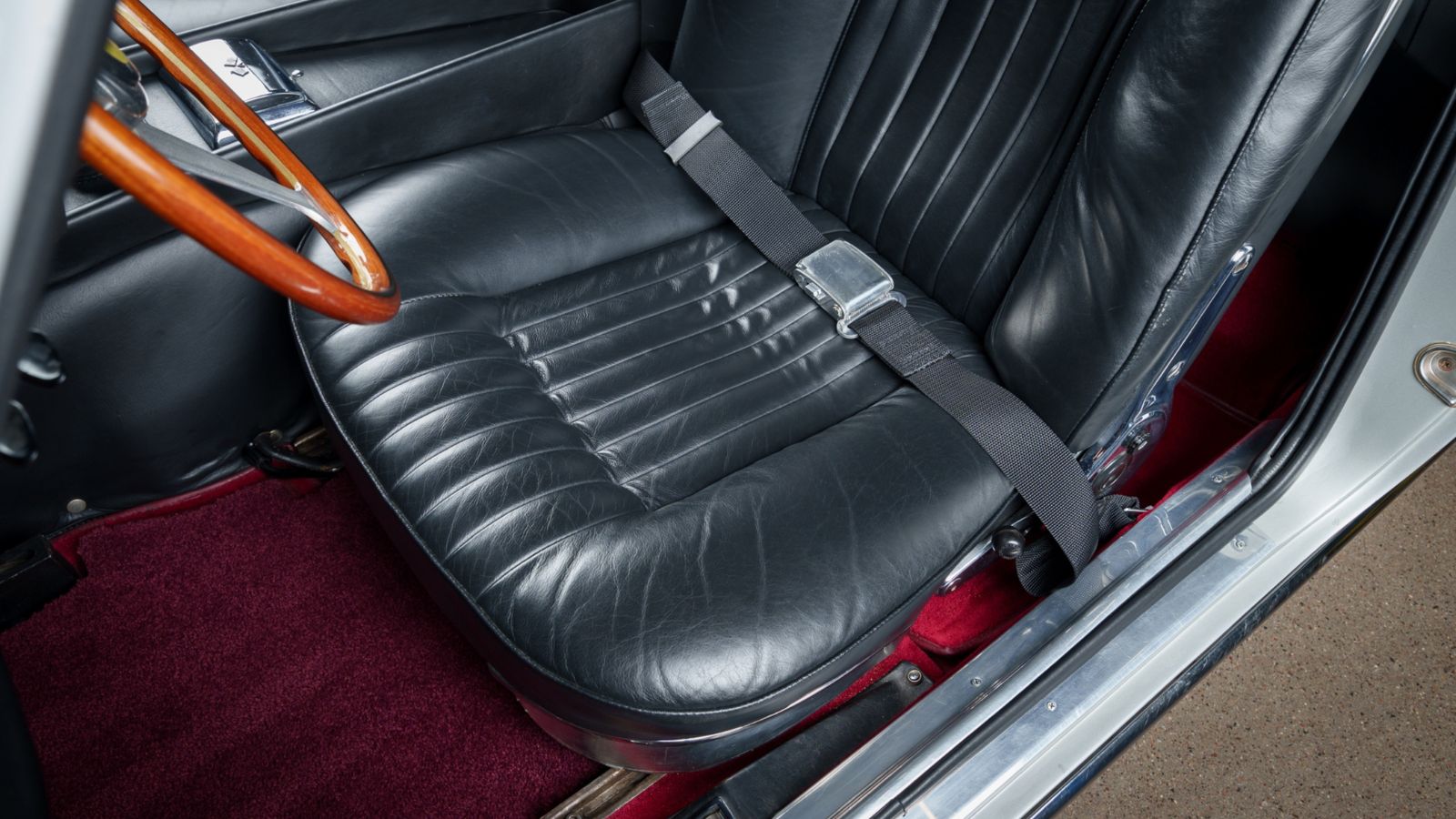
Living with a classic every day means accepting a lack of modern conveniences. Many do not have air conditioning, power steering, or cruise control. Heating systems can be weak, and ergonomics were rarely a priority. Safety is another major issue. Cars built before the 1990s often lack airbags, anti lock brakes, or reinforced crash structures. Seat belts may be simple lap belts instead of modern three point systems. Brakes require more effort, handling feels less precise, and crash protection is minimal compared to modern cars. Driving one in heavy traffic means taking extra care, because the car cannot protect you in the same way as even the cheapest modern commuter.
Fuel Economy and Running Costs
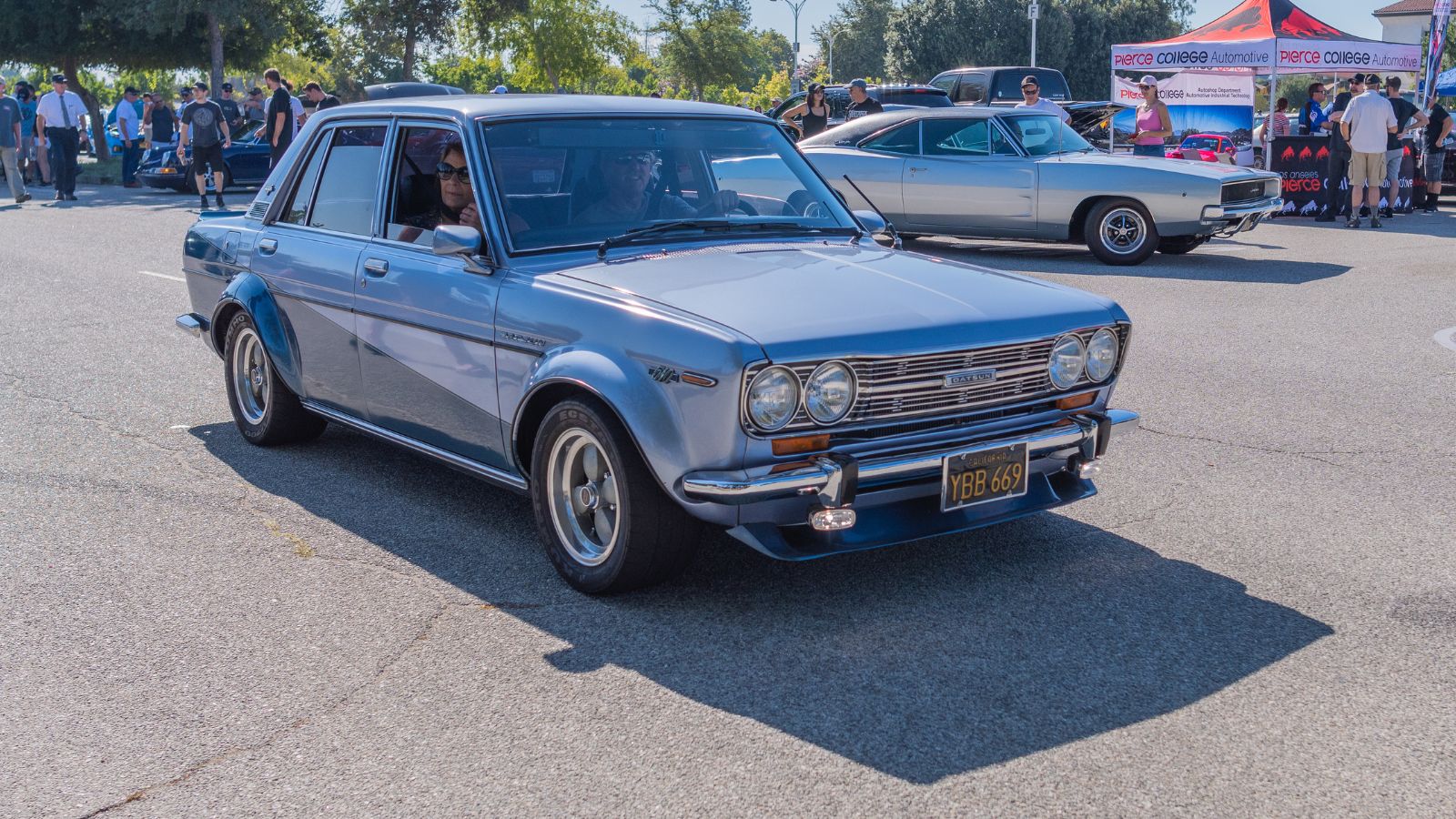
Fuel consumption is another reality of classic daily driving. Older engines were designed long before efficiency standards became strict, and many classics return poor mileage by modern standards. A 1960s Mustang with a V8 might struggle to hit 15 miles per gallon, and even economy focused cars like the AMC Gremlin or Datsun 510 fall short of today’s compact cars. Add in higher insurance premiums, frequent maintenance costs, and the potential price of rare replacement parts, and the running costs quickly climb. What feels like a manageable expense for occasional weekend drives can balloon when multiplied by five days a week of commuting.
Exposure to Wear and Tear
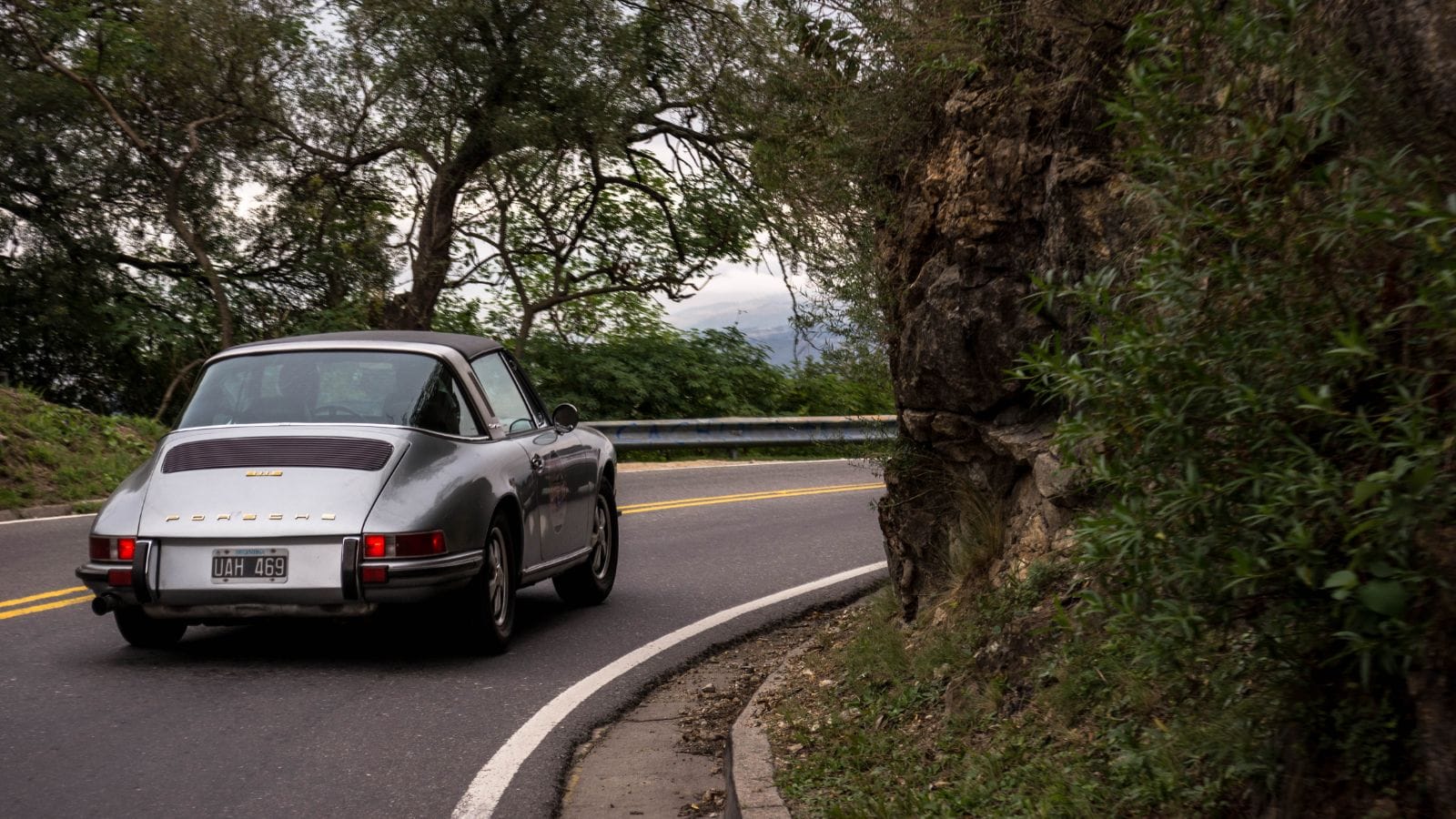
Classics are often more valuable when preserved, but daily driving accelerates wear and lowers long term value. Rain, snow, salty roads, and stop and go traffic create rust and cosmetic deterioration. Interiors fade faster when exposed to sunlight every day. Engines and gearboxes wear more quickly, especially when they were not designed for today’s highway speeds and traffic conditions. For someone who sees a classic as both an investment and a passion, this daily wear can feel like watching money evaporate with every mile. Enthusiasts who daily their classics often accept that resale value is not their top priority—it is about enjoying the car now, not later.
The Type of Classic Matters
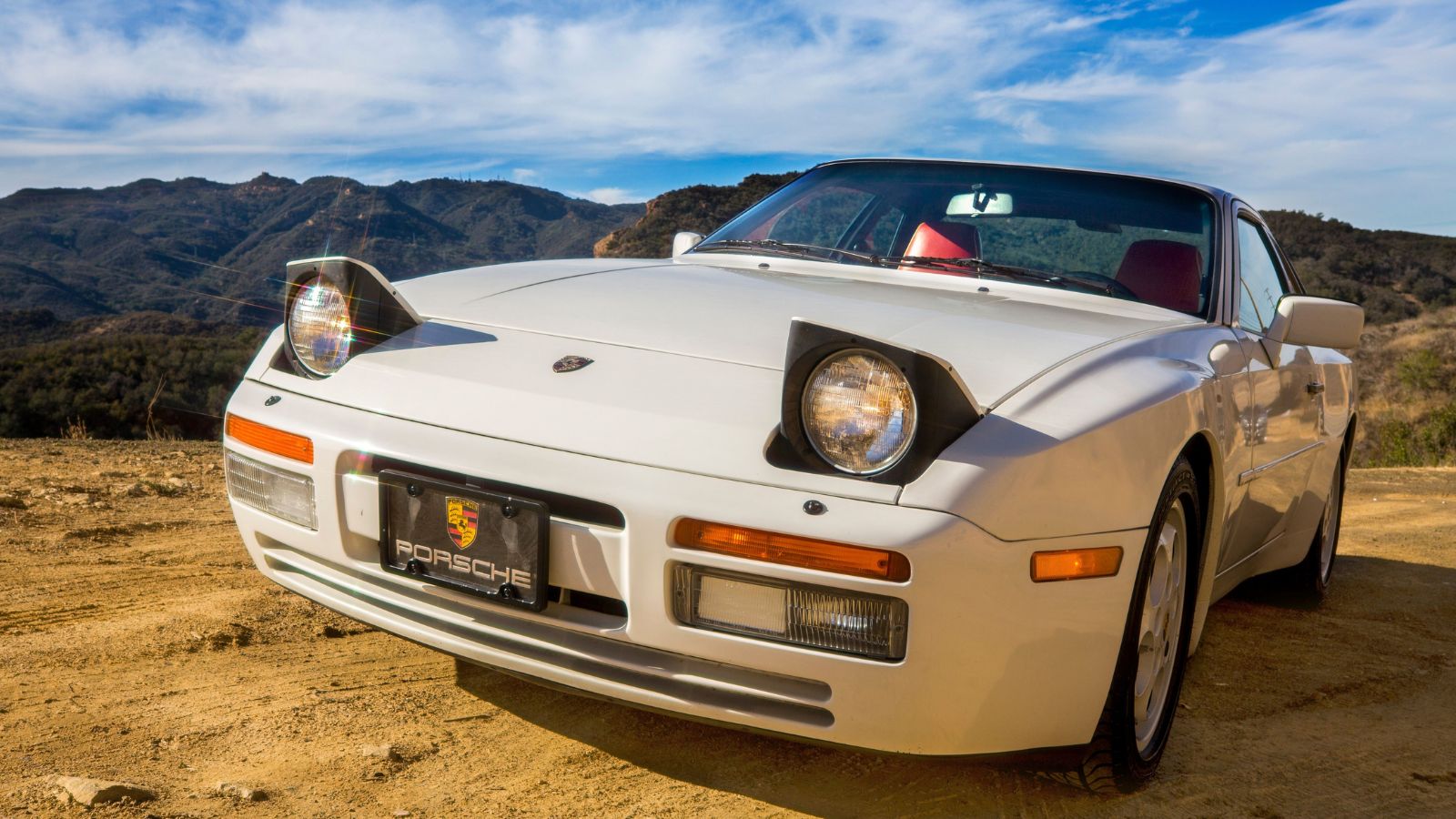
Some classics are genuinely capable of handling daily life, while others are better left to weekend duty. Cars like the Mercedes W123 diesel sedans, Volvo 240 wagons, and early Toyota pickups are famously overbuilt and can endure high mileage use. The Volkswagen Beetle and Porsche 944 are also examples of classics that owners have successfully driven daily thanks to relatively simple mechanics and decent reliability. On the other hand, cars like the Triumph Spitfire, Alfa Romeo GTV, or Maserati Biturbo are infamous for their fragility and constant need for repair. Choosing wisely makes the difference between a dependable classic commuter and a never ending headache.
How Location and Weather Matter

Where you live dramatically affects the practicality of a daily driven classic. In dry climates like Arizona or Nevada, rust is less of a threat and classics survive longer. In northern states where snow and road salt are constant in winter, an older car can quickly rot away unless it is carefully maintained. Hot climates stress cooling systems, while damp coastal environments accelerate rust. Availability of mechanics and parts also varies by location. A Beetle owner in California might have access to a dozen specialized shops, while the same car in rural Maine could be much harder to maintain. Climate and geography play as big a role as the car itself in determining if daily driving a classic is realistic.
The Verdict
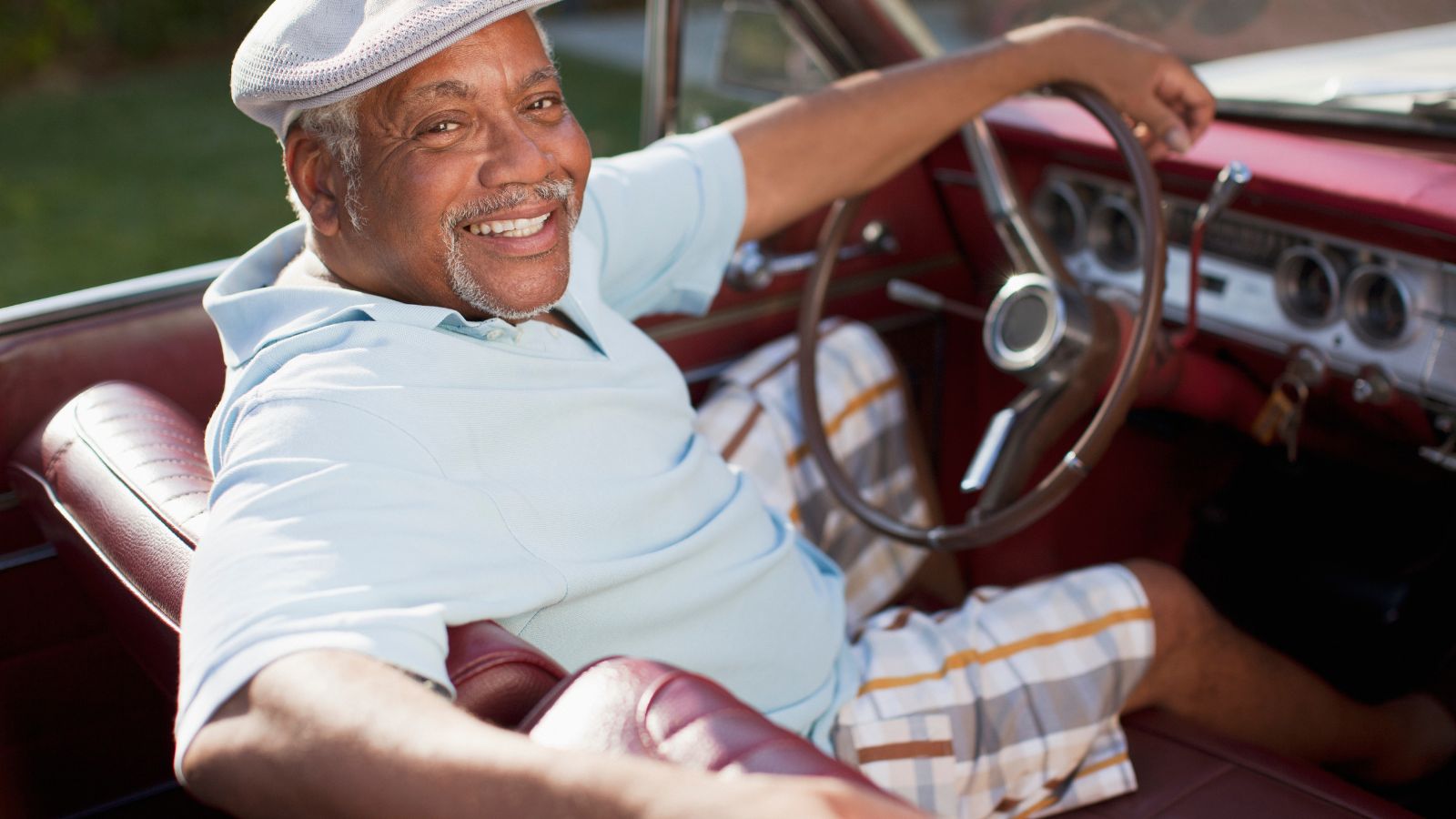
It is absolutely possible to daily drive a classic car, but it comes with compromises. You will sacrifice reliability, comfort, safety, and efficiency compared to modern vehicles. You will spend more time and money on maintenance and repairs, and you will expose the car to wear that lowers its long term value. On the other hand, you will also enjoy a sense of uniqueness, nostalgia, and mechanical connection that no modern car can replicate. For enthusiasts who love to tinker and see driving as an experience rather than a chore, the tradeoffs are worth it. For the average driver who just needs dependable transport, classics are best kept as a second car to enjoy when the mood strikes.
25 Facts About Car Loans That Most Drivers Don’t Realize

Car loans are one of the most common ways people fund car purchases. Like any other kind of loan, car loans can have certain features that can be regarded as an advantage or a disadvantage to the borrower. Understanding all essential facts about car loans and how they work to ensure that you get the best deal for your financial situation is essential. Here are 25 shocking facts about car loans that most drivers don’t realize:
25 Facts About Car Loans That Most Drivers Don’t Realize
